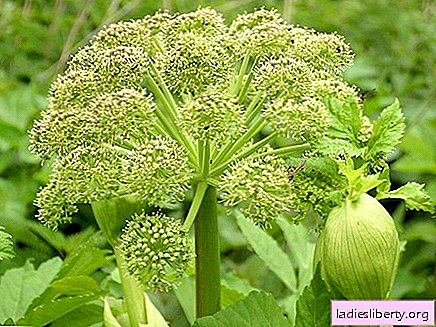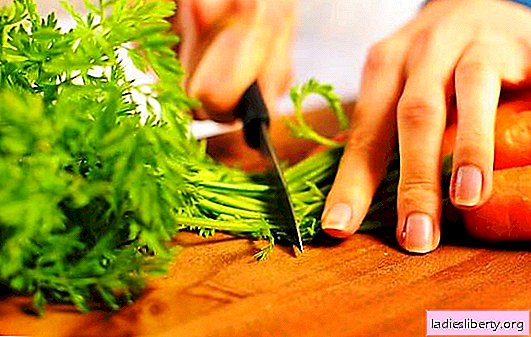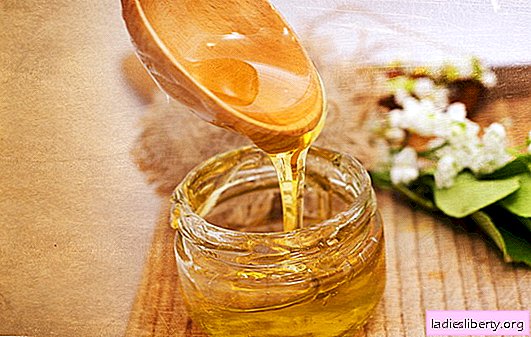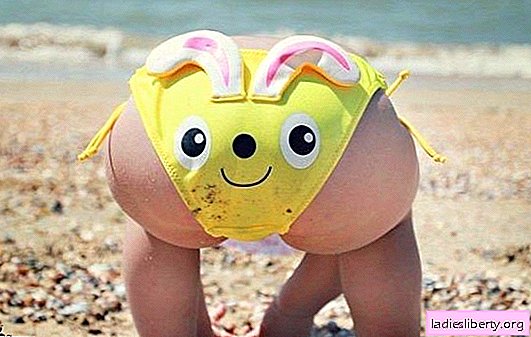
Strawberries differ from strawberries not only in size and aroma, but also in agricultural technology.
To get a decent harvest of strawberry berries, first of all you need to prepare good seedlings, and the most powerful rosettes are formed on the mustache in early spring and late summer, at a time when the air temperature is low and there is enough moisture in the soil.
When is it best to plant strawberries in spring or autumn?
In most cases, it is better to plant young strawberries in August. At this time, gardeners have a lot of free time, new seedlings have grown well and the weather is suitable on the street for rooting and plant growth.
Therefore, in the middle lane it is better to plant strawberries from July 25 to September 5. In the south, strawberries can be planted in autumn until mid-October.
Soil for planting strawberries in autumn
This crop is not very demanding on soil fertility; it cannot bear fruit only in marshy areas. But strawberries have some features that create problems for beginning gardeners. Suddenly, pests attack it, the bushes do not bear fruit well or it is not known why the berries began to dry. But experienced gardeners know some of the subtleties of caring for plants that will allow you to consistently grow good crops without much hassle.
One remedy for trouble is planting strawberries in the fall. This period has several positive aspects:
1. You can grow a good crop with low labor costs;
2. Running beds of strawberries and old plantings can be successfully updated in a short time.
3. Plants frozen in winter can be easily and quickly repaired in spring;
4. Strawberries - very fond of moisture, regular watering is important for this crop. With the autumn planting of new plants, you can reduce the time of watering by 2-3 months;
5. When preparing the soil for new bushes, it is possible to additionally add humus and peat, until spring they will have time to partially go into an easily digestible mineral form.
To improve the soil on the bed with strawberries, it is useful to sow sideral crops (lupine or mustard) on it. This will significantly reduce the number of pests and weeds, enrich it with nitrogen and improve the structure of the soil. By adding peat or old humus for every 1 m2, soil aeration can be significantly improved.
Dates of planting strawberries
Planting of young strawberries is carried out in early autumn (from August 15 to September 20), in mid-autumn (from September 25 to October 10) and planting in late autumn, ending a month before the first frosts. In different regions of the country, these terms are very different. It is necessary to navigate in this matter by the period in which strawberries form a mustache. Harvest is better with strawberries of early autumn and middle autumn planting, late-planted plants can be severely damaged by frost.
There are remontant varieties of strawberries that bear fruit twice a year, but with autumn planting of strawberries, the second crop cannot be left. From the end of August to the end of September, the best period for planting strawberries begins. In this case, new plantings will take root well before the first frosts, and will form high-quality fruit buds.
Planting material
Gardeners often remove excess plants on strawberry beds, during this period you need to buy seedlings, it is easier to notice signs of the disease on plants. Excellent seedlings can be obtained even from old or neglected landings.
It will be fine if the planting site is divided into 4 parts and one of them is planted sideral crops, and in the fall on this meta plant strawberries. Productivity in one of the plots will increase markedly, while the other three will be rejuvenated.
You can get planting material from strawberries growing on the site, for this you need:
• To obtain seedlings, select plants with good fruiting and without signs of illness, dig in the first 3 mustaches coming from them;
• After the roots appear on the outlets, you need to print a growth point for them;
• Since the first rosettes formed on the mustache are most fruitful with strawberries, you will get fruitful and healthy seedlings; if you root the rosettes on the second mustache, they will be able to additionally feed from the mother plant and grow much faster.
A few mustaches appear on well-bearing plants, but this does not mean that all sockets must be rooted in a row to get seedlings. Follow the rule “Better less, but better”, and you can provide your family with berry.
Separate fully formed plants from the mother bush, they are cut immediately before transplanting seedlings to a permanent place. Landing should be done in the evening or on a cloudy day in pre-watered soil. Plants are planted without covering the root neck of the bushes with soil, after which young plants need to be watered once more. Planted seedlings must be covered in hot weather from the rays of the sun, watered if necessary and regularly loosen the soil around them. If you want to guarantee that a bush of strawberries will grow in each hole, then seedlings are planted in pairs.

Landing process
There are several technologies:
• Annual or perennial culture;
• Broadband and narrowband landing;
• Cultivation on trellises;
• Planting in separate bushes (in one row, in two or three rows).
Most often, strawberries are grown in a bush two-line way on beds 1.2-1.4 m wide, with paths between them. This technology is popular due to the fact that with this cultivation it is easier to save strawberries from fungal diseases and seedlings do not thicken. So you can tighten the beds with plants, for example, garlic that will protect the bushes from slugs.
Best of all, this crop grows in a multi-line way on narrow beds with a width in the range of 0.9-1.1 m. There should be a distance of 40-50 cm between individual plants in a row, in general, planting density is determined taking into account the selected variety.

Landing care
Even without planting green manure, you can get a decent harvest when planting strawberries in the fall. Feeding plants should begin in the spring. For 1 m2 of strawberry beds, 8 kg of humus, 90 g of phosphorus fertilizers and 50 g of potassium salt are needed. In addition, it is advisable to choose a place where the berry will grow after early vegetables, except for cucumber beds, areas after cabbage, pepper and potatoes, after which pests remain in the soil
Watering
Strawberries grow well only in moist soil, for this reason it needs regular watering. Another positive quality of strawberry planting in the fall is that watering the plants is necessary for 2-3 months less.
Attention! Strawberries grow well with regular watering, but the soil cannot be heavily flooded, as this can cause rot and fungal diseases.
To prevent planting from excessive watering, you can use regular loosening and mulching, this additionally reduces clogging of the area with strawberries. As a mulch, it is good to use materials such as peat, mowed green manure, straw, dry needles, which will save heat in the winter. After the fruits appear, mulching materials will help keep the strawberries clean and healthy.











